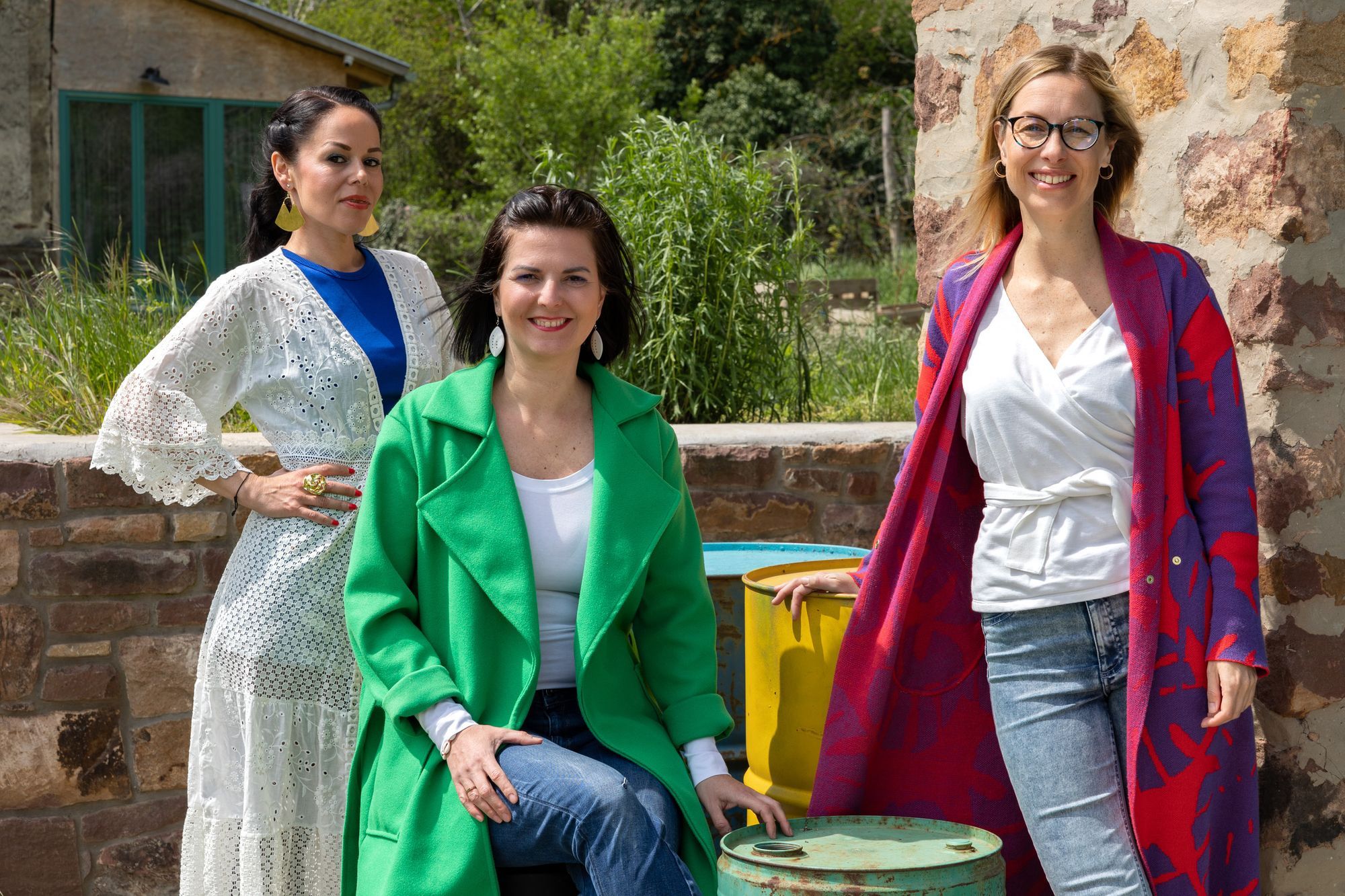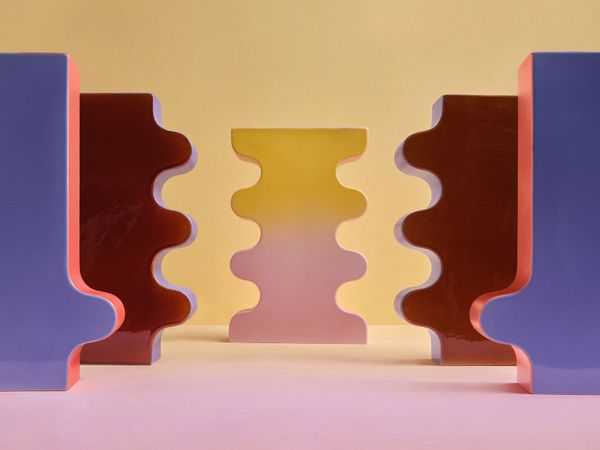Street art on a stone fence in Zánka, a contemporary painting on a house wall, colors and melodies in pairs, DJ Q-cee’s set in a house yard, the most exciting underground pop artists in Hungary, and a concert of the local children’s choir in a renovated barn; a fusion of local values and progressive art. These are the features of VEB2023’s KULTHÁLÓ project in Zánka, about which we asked Andrea Szabó, the creator of Kisbirtok Kultbázis, the project leader of the Színes falu, színes ház program (Colorful Village, Colorful House Program—the Transl.), and Dóra Budavári, the project’s communications manager.

How long has it been taking to organize this program and how did it all go from idea to realization?
Andrea Szabó: The organizing process has been going on since January, as there has been a lot of preparation to do. Our program series is starting this weekend, but the wall painting on Kisbirtok is the zero milestone. By becoming a Kultháló site this year, we have agreed to take part in the technical program of the VEBA2023 program series. As a Kultháló site, our role is not only to create six pieces of street art or to organize related concerts but also to give the public an insight into the creative processes. Fortunately, the idea is so unique and curious that we can engage the public on a myriad of fronts.
Was there an inspiration or an example you had in mind when you came up with this idea?
Andrea Szabó: No, this project was a long-time dream of mine. I worked with a lot of graphic designers in my days at an advertising agency, many of whom were graffiti artists, and I was very curious to see how this type of art could be introduced to Zánka or a small village in the Káli Basin.
You’ve already done several projects at Lake Balaton, what’s your main purpose?
Dóra Budavári: The personal goal is usually to realize an exciting idea or dream, and fortunately, this has resulted in many quality programs in the region. For me, this was the Balaton Camino, the Gasztrohegy (Gastro Hill—the Transl.), which boosts off-season gastronomic tourism, the Szent György-hegy hajnalig (Szent György Hill Until Dawn—the Transl.) to kick off summer, and the Színes falu, színes ház, which fills Zánka with color, music, and life, and puts Kisbirtok Kultbázis on Balaton’s cultural map.
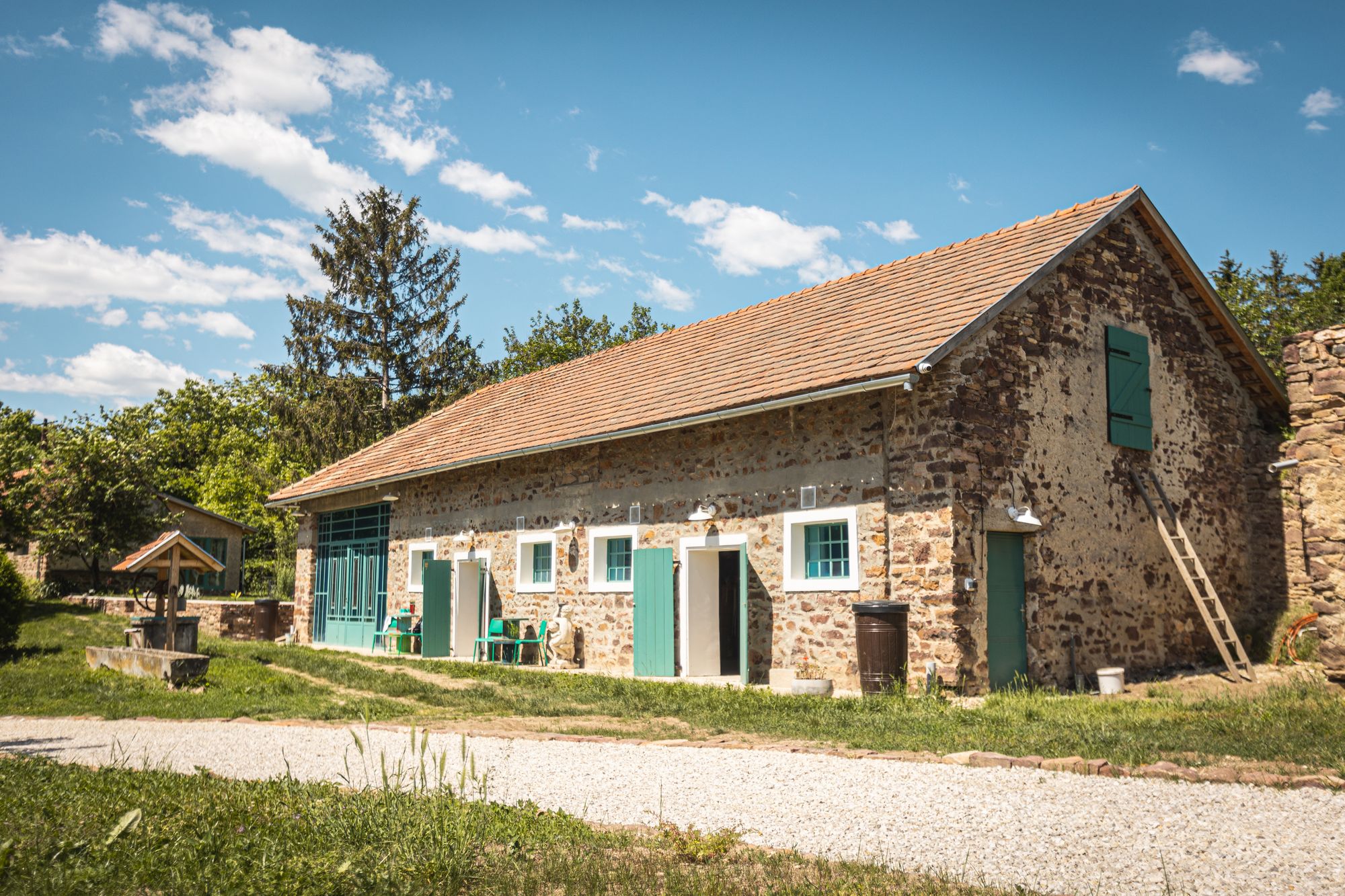
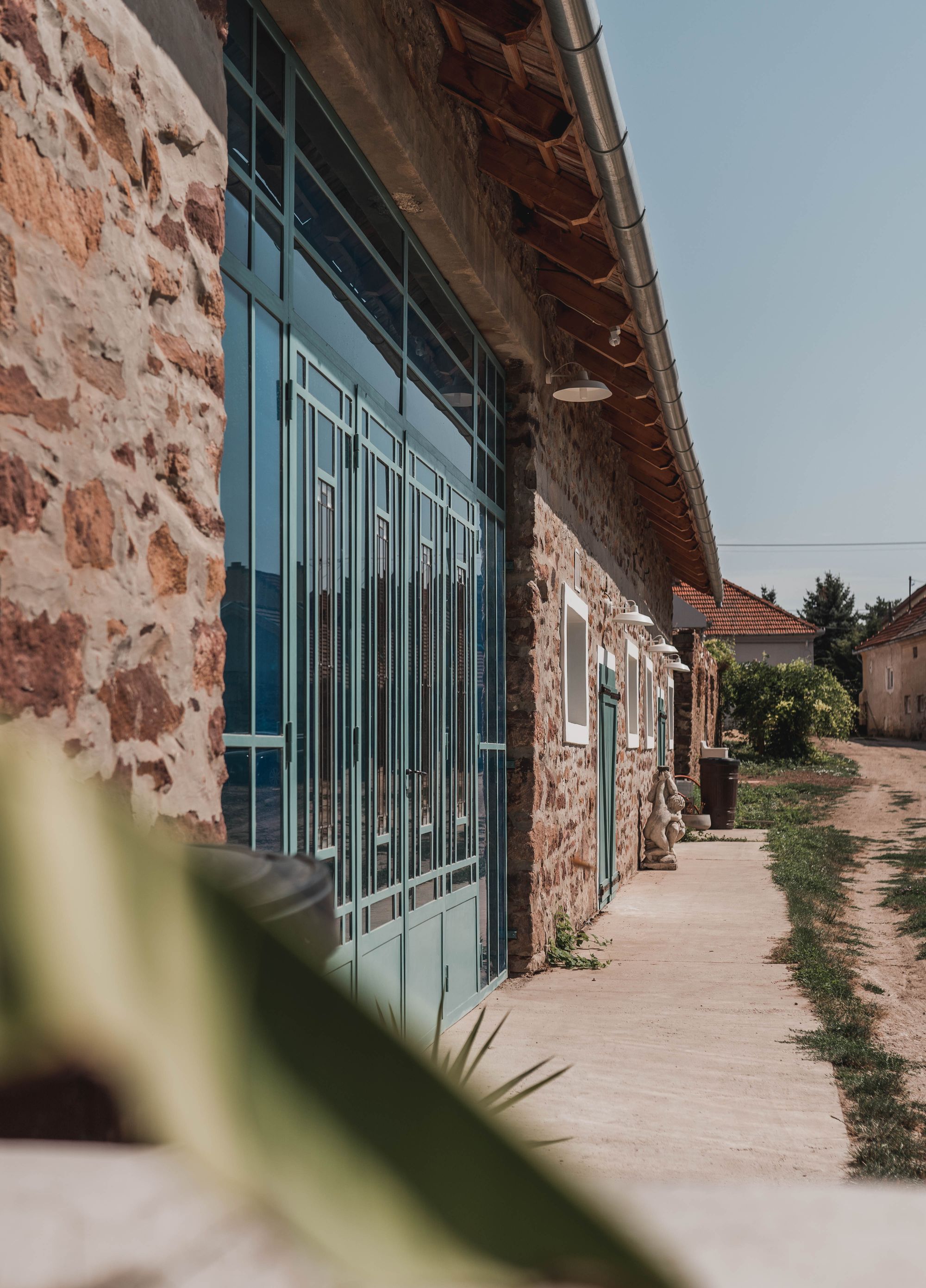
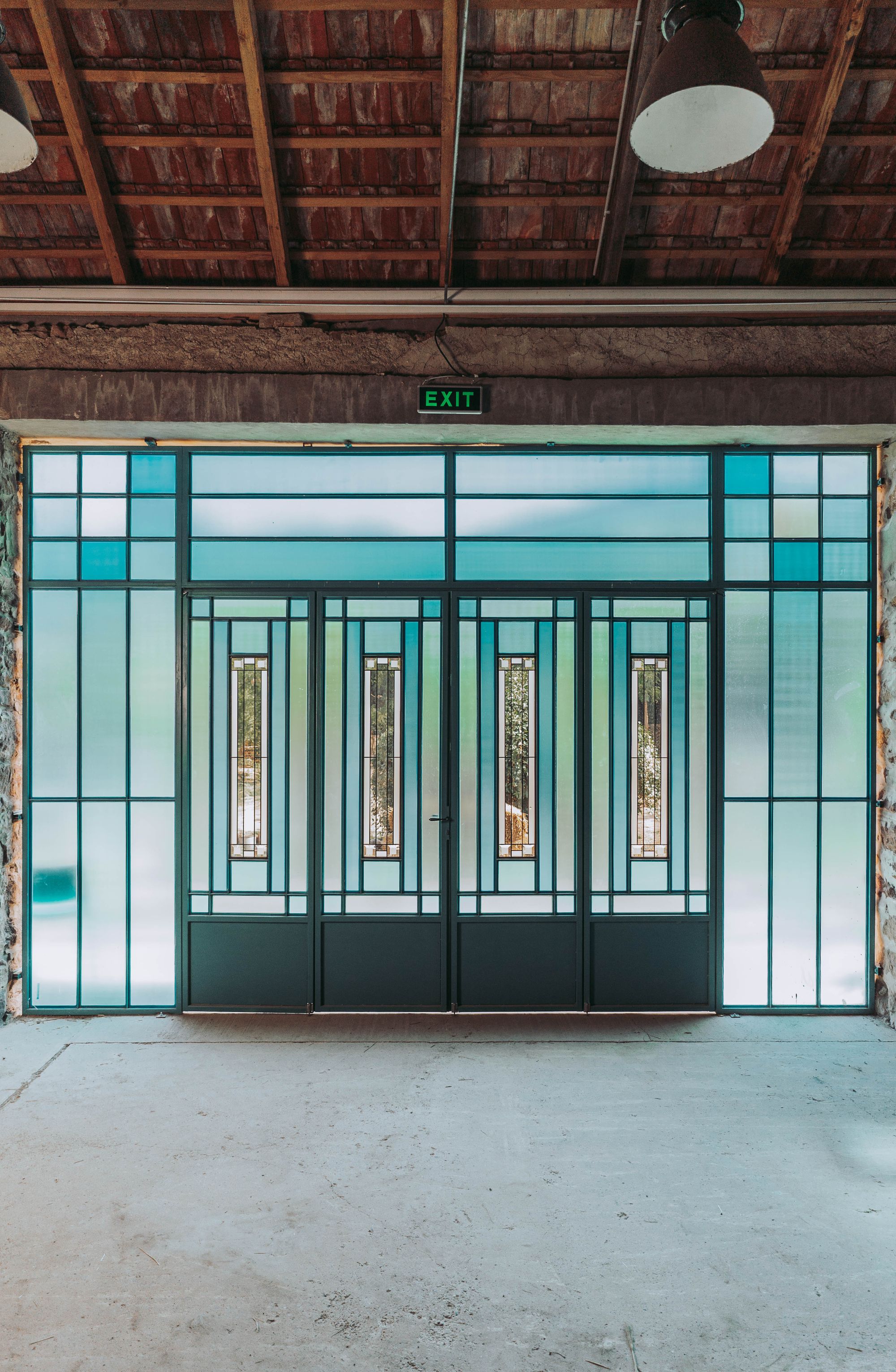
What was the process like in Zánka?
Andrea Szabó: The first step in the process was to get the full support of the Municipality and the Cultural Committee of Zánka. Then we announced a competition within the village where local residents or summer house owners could offer their own surfaces—be it a façade, a trough, or a well—to an artist. Anyone who offers such a surface is effectively adopting a piece of contemporary art.
How did you decide which artists and creators to include?
Andrea Szabó: The artists were selected on the basis of their connection to Lake Balaton or the region. The artwork on the estate was made by the only girl in the team, Dorottya Jakócs, and the boys and I walked around the village to see which of the offered surfaces would appeal to which artist.
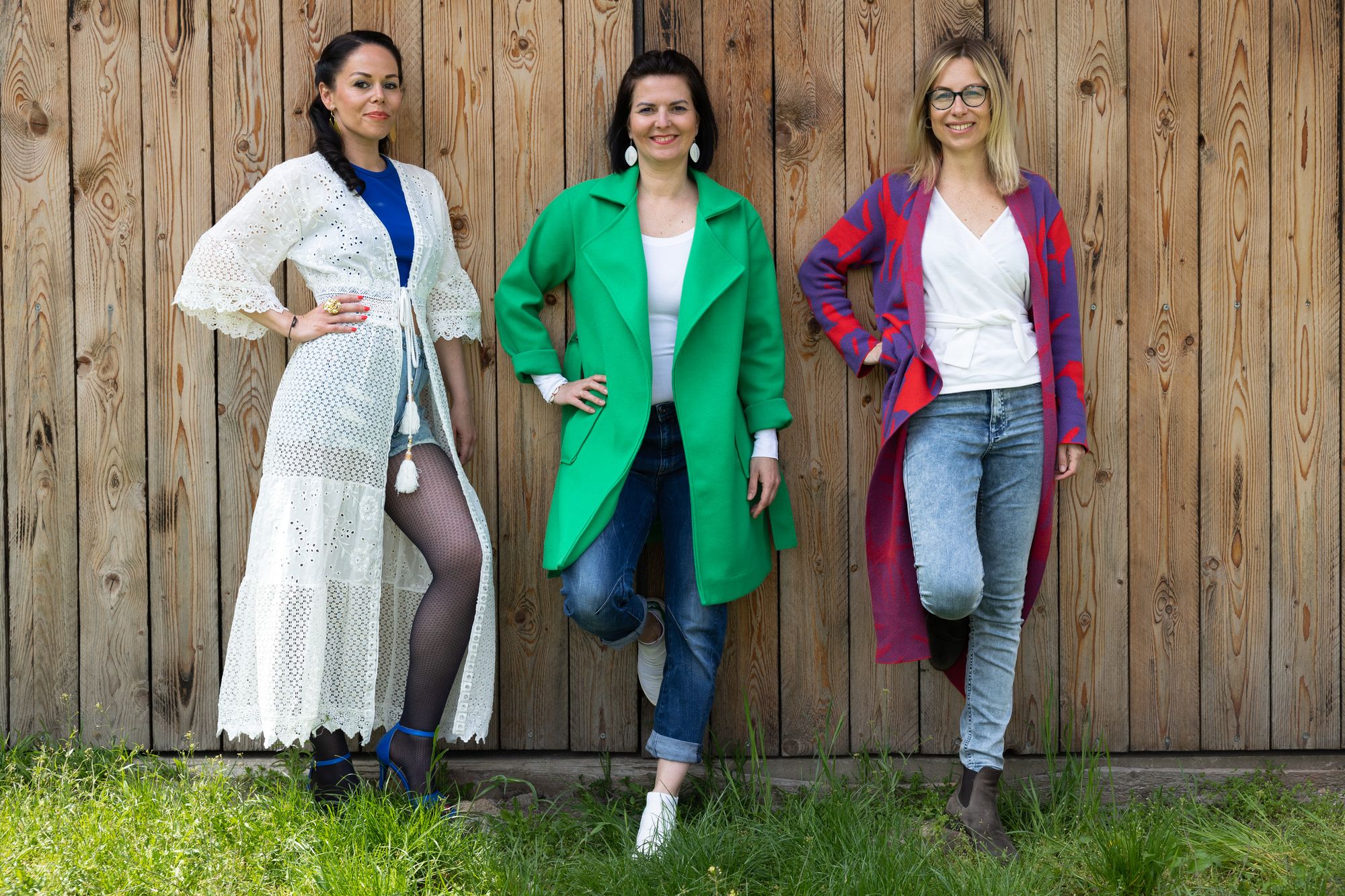
You already hosted a work of art. What can you tell us about it? Will there be an unveiling every month?
Andrea Szabó: The artwork I adopted has a bit of spiritual content, and based on the feedback, many people like it. We have an event at the end of each month where we unveil a piece—and there is a musical improvisation to go with it, a discussion with the owner of the work, the artist, an expert, and a local team who do cultural podcasts, one of whom will moderate. We will talk about what is also at the heart of this competition, that it’s not just about creating art, but also about showing the process of getting there, the conversations inspiring it, and the encounters involved.

How is this project different from previous ones?
Dóra Budavári: With the support of VEB2023, we are able to implement the project as a Kultháló site: an important aspect of these sites is to provide visitors and interested people with an insight into the process of creation. Improvised concerts will also contribute to the unveilings, to provide a unique and unrepeatable experience. It is also important that these works remain on the walls, so the project will go beyond time and the paintings will be an organic part of the village’s image in the long term. We are creating something truly lasting.
All of this is obviously aimed at attracting local people, but also at boosting tourism, even in the longer term?
Dóra Budavári: As Andi mentioned, the locals were able to provide surfaces, so they could be part of the project. The artists made arrangements and met the owners of the chosen surfaces, so they could get to know each other and find out if the place had a particular background story, for example.
Andrea Szabó: The primary aim is to show that this type of art can be used in a small village like this: that it is possible to color a village with graphics that fit in with its landscape. In addition, of course, there is a tourist aspect: we would like to have artworks that will attract people to Zánka.
Színes falu, színes ház #1 | Facebook event
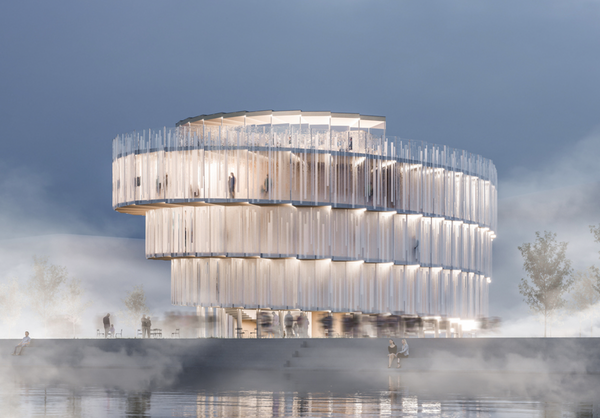
Spectacular plans for the Czech Pavilion at the next World Expo revealed










